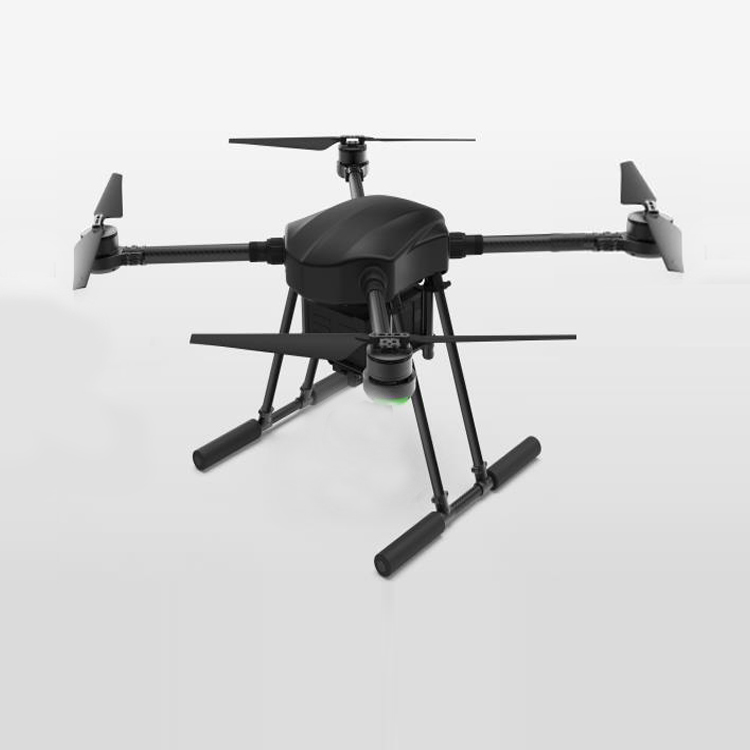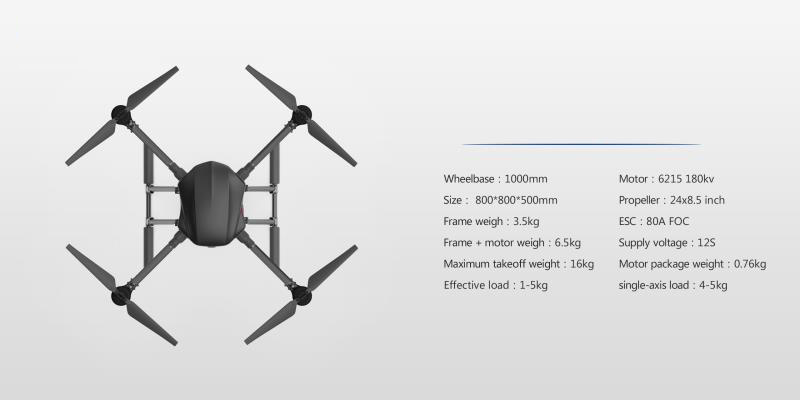Using UAV Remote sesing to Monitor Salt Marsh Shorelines
Using UAV Remote sesing to Monitor Salt Marsh Shorelines which are crucial for the ecosystem. Salt marshes provide a critical habitat for many species, decrease storm surge by attenuating waves, improve ecosystem health by cycling nutrients and they sequester carbon. The threat to a healthy existence of salt marshes comes from anthropogenic factors, sea level rise and sediment deficits and can also be influenced by plant–herbivore interactions.
Given the substantial ecosystem services provided by marshes, it is important to be able to measure their extent and seaward edge at high temporal and spatial resolutions. While for individual marsh complexes, un-vegetated and vegetated areas are identified in order to compute actual marsh coverage, use of remote sensing to track the seaward edge along salt marsh shorelines is less evolved.
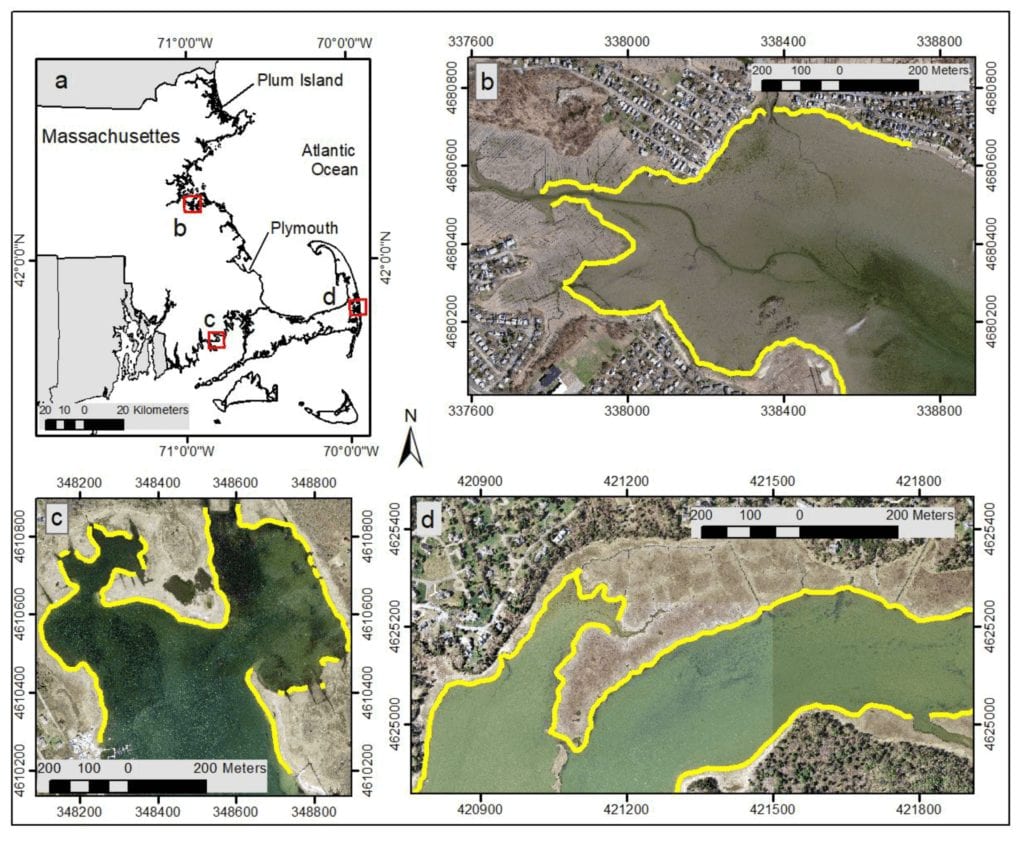
Use of UAV in Study Methods:
A research team which was formed by researchers Amy S. Farris, Zafer Defne and Neil K. Ganju and supported by the U.S. Geological Survey, Woods Hole, USA, developed the marsh edge from elevation data (MEED) method to calculate the “marsh scarp” which is the abrupt elevation change at the edge of most salt marshes. The MEED method calculates slope from elevation data and defines the marsh scarp to be the maximum slope between mean high water and the mean tide level. The team used elevation data lidar; structure from motion (SfM) aerial photogrammetry collected by unmanned aircraft systems (UAS) or unmanned aerial vehicle (UAV) or drone as they are more commonly known.
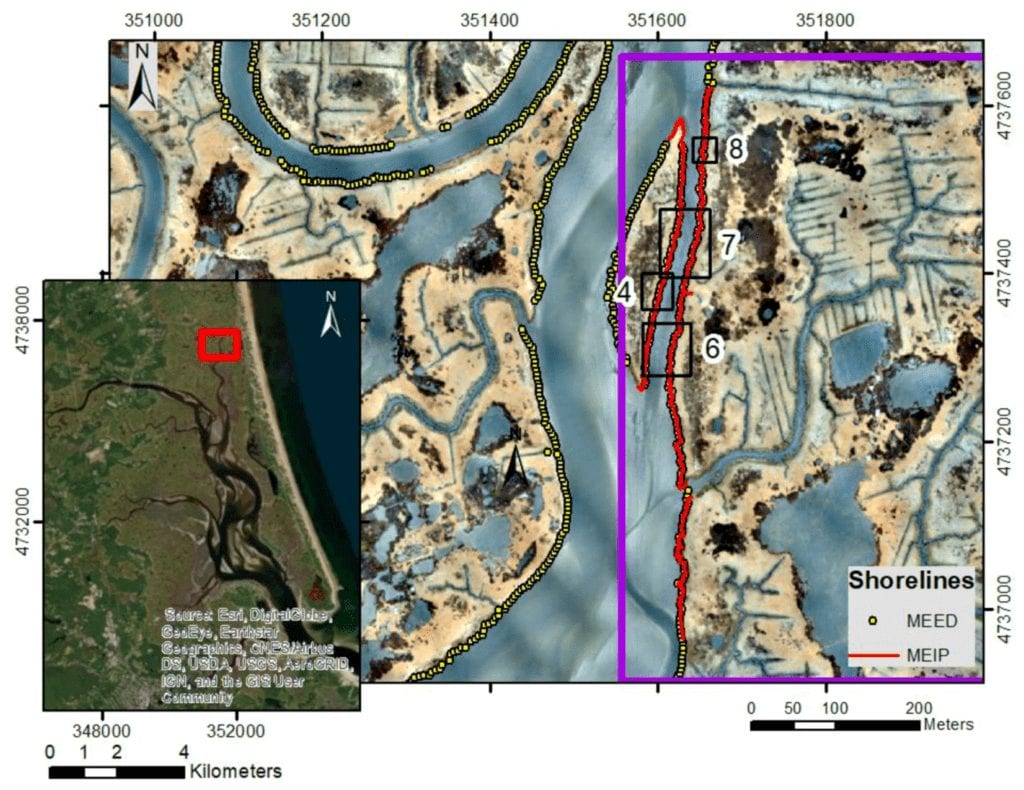
The team also developed a second method shoreline called marsh edge by image processing (MEIP) to locate the salt marsh which uses image classification techniques to find the edge of the salt marsh vegetation. Remote sensing and aerial imagery have been used to inventory and classify coastal wetlands for many decades. Depending on the application and the data availability, multispectral or hyperspectral imagery, lidar, and radar systems can be used for mapping coastal marshes. For example, combining hyperspectral imagery with lidar-derived elevation has been shown to significantly improve the accuracy of mapping salt marsh vegetation.
In their paper the research team also presented the MEIP method, which combines multispectral imagery with elevation data and applies unsupervised pixel-based classification to define vegetated areas as an alternative approach for marsh edge detection. The MEIP method applies common classification techniques, utilizing higher resolution (1 meter) elevation and four-band imagery products that are consistent and available at a national scale. The same method can also be used to process even higher resolution data from smaller scale, rapid deployment systems such as UAS.
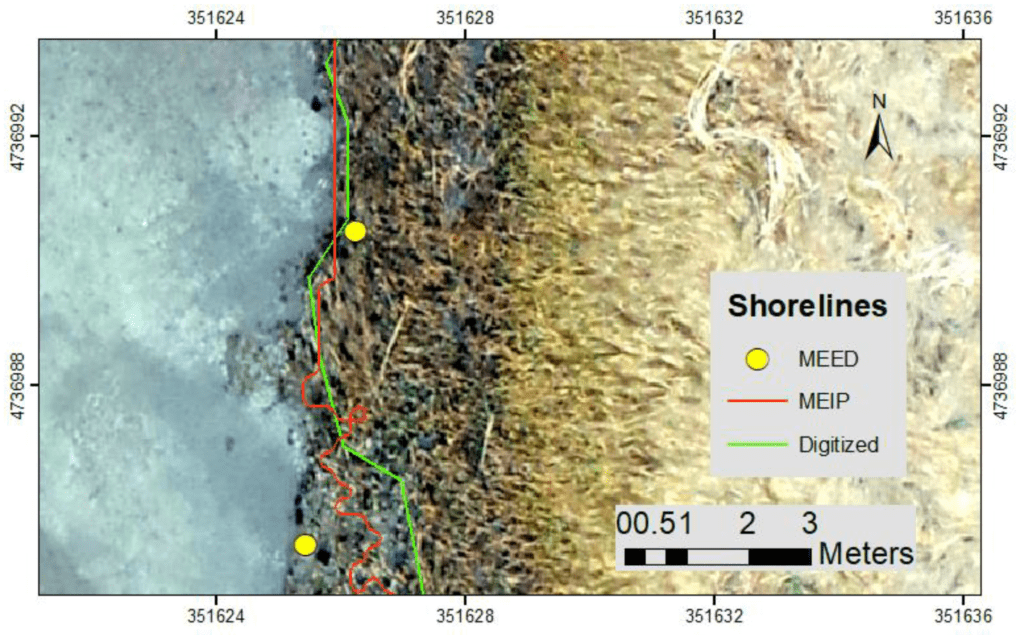
Researchers revealed the results of the MEED method using lidar data from Massachusetts and compared the results of both the MEED and MEIP methods using UAS data from the Plum Island Estuary in Massachusetts in their paper. The edge of the vegetation in the UAS data was heads-up digitized as compared to the MEED and MEIP results. The MEIP method is also used to calculate a shoreline for Plum Island Estuary using imagery from the National Agriculture Imagery Program (NAIP) and elevation data from the U.S. Geological Survey (USGS) Coastal National Elevation Database (CoNED). This paper concluded with a discussion about the advantages and disadvantages of each method.
Conclusions:
The MEED method was developed and tested using lidar data from the coastal salt marshes of Massachusetts (MA), USA. Both the MEED and MEIP methods were tested using data collected at the salt marsh network of the Plum Island Estuary, Massachusetts.
The research team quantitatively compared the marsh scarp using the MEED method with the unvegetated/vegetated line from the MEIP method using UAS data from the Plum Island Estuary in Massachusetts and concluded that both methods proved to be effective and efficient in identifying salt marsh shorelines within the study area, and they should be tested in other regions to assess how these methods could be applied in different geographic settings.
Customize Industrial Drone frame with rotor, 1-5KGS payload for camera and other equipment.
Flight platform for customize industrial Specially designed for industry applications. with modular design concept, the main components can be quickly disassembled and assembled, flexible and multi-purpose, convenient for customized demand expansion, and the whole frame adopts dumb black coating, which shows processional stability.
